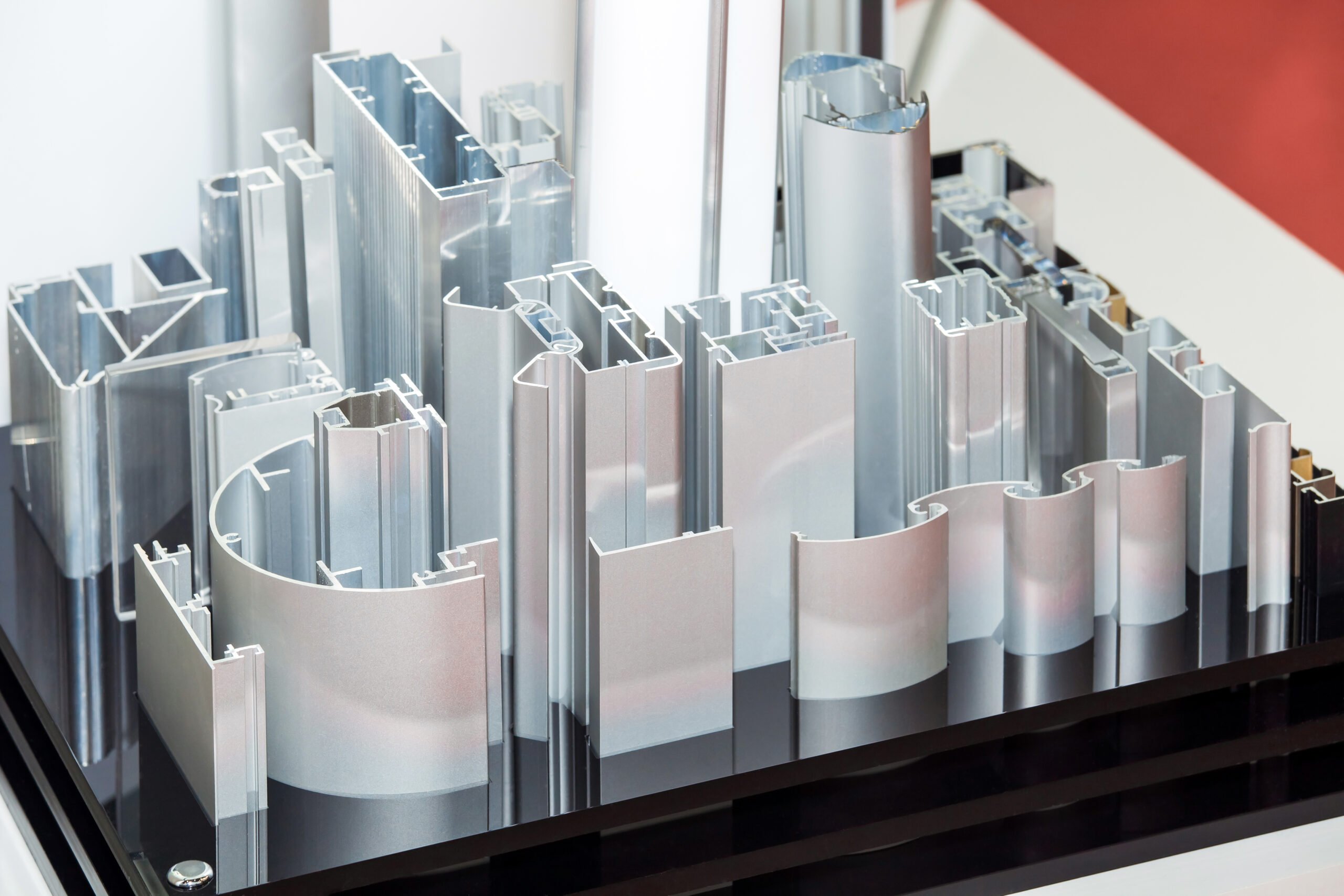
Aluminium trihydroxide was produced from anodisation residues and demonstrated as a PIN flame retardant in polyethylene. Anodisation of aluminium items uses an acid bath to generate a corrosion resistant surface. Waste from a Brazil aluminium plant was a humid solid. This was dissolved in sodium hydroxide, then aluminium trihydroxide was precipitated by dosing hydrochloric acid. This generated ATH nanoparticles (< 50 nm) with c. 45% crystallinity and a filamentous morphology. 0 to 6% of this ATH was tested as a PIN flame retardant in LLDPE (low linear density polyethylene). 6% ATH reduced the horizontal burning rate of LLDPE from 46 mm/s (neat) to 27 mm/s. The authors conclude that this process could potentially recover aluminium from this industrial waste stream as a useable PIN flame retardant.
“Synthesis of aluminum hydroxide nanoparticles from the residue of aluminum anodization for application in polymer materials as antiflame agents”, F. Kuball Silva et al., J. Mater. Res. Technol. 2020 ; 9(4): 8937–8952 https://doi.org/10.1016/j.jmrt.2020.05.108